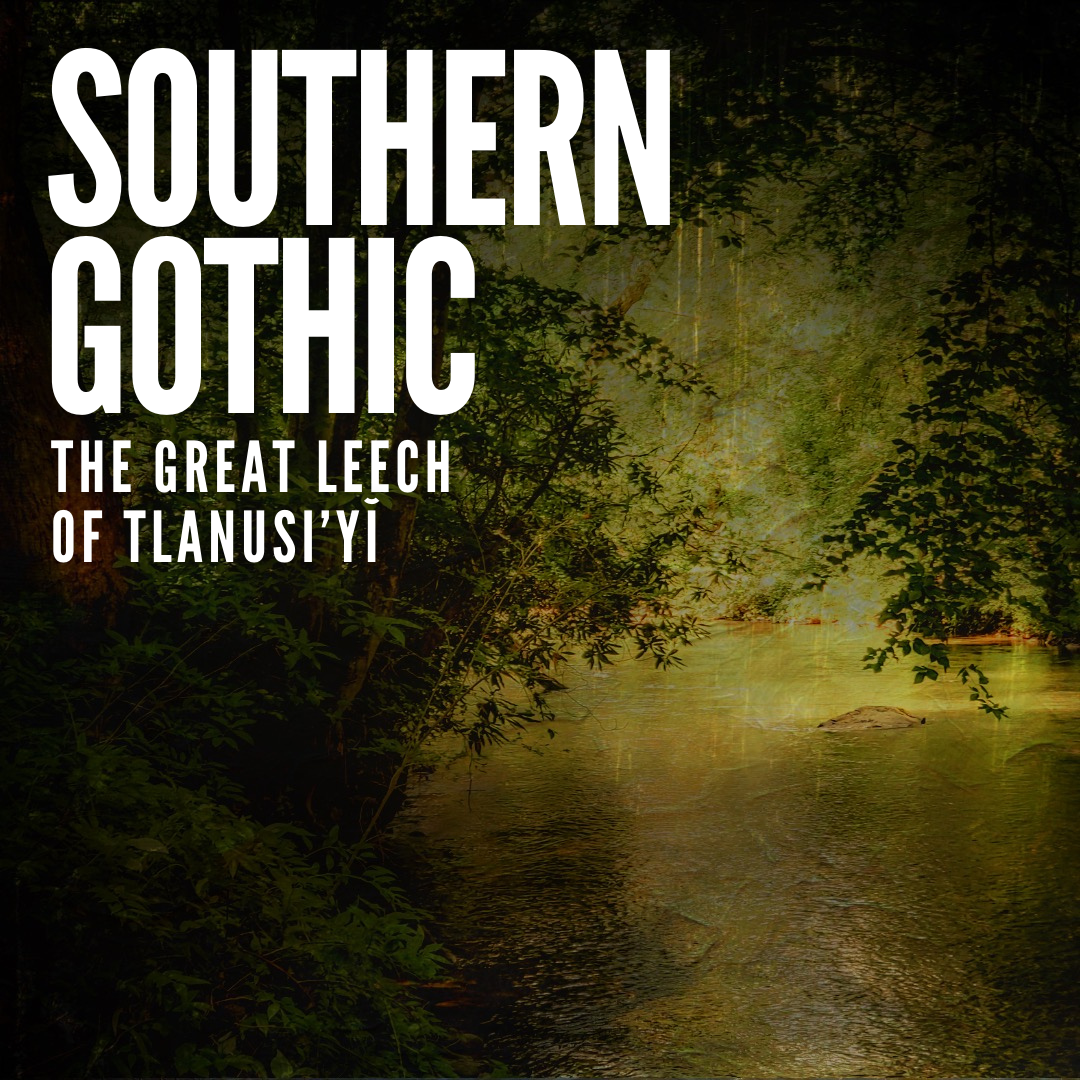Sources:
“The 1884 Cotton Expo and New Orleans’ first case of World’s Fair fever.” NOLA.com. May 17, 2017. https://www.nola.com/300/.
“December 16, 1884 American Hippo.” Today In History (blog.) December 16, 2017. https://todayinhistory.blog/tag/american-hippo/.
Howard, Clifford. “When the Cow Jumps Over the Moon.” Lippincott’s Monthly Magazine, 86. (July-December 1910): 253-255. GoogleBooks.
Miller, Greg. “The Crazy, Ingenious Plan to Bring Hippopotamus Ranching to America.” Wired. December 20, 2013. https://www.wired.com/2013/12/hippopotamus-ranching/.
Mooallem, Jon. “American Hippopotamus: A bracing and eccentric of espionage and hippos.” Atavast, 32. Accessed July 15, 2022. https://magazine.atavist.com/american-hippopotamus/.
The St. Landry Clarion (Opelousas, La.) “To Stock Louisiana With African Animals.” April 2, 1910. Newspapers.com
The Lafourche Comet (Thibodaux, La.) “Congressman Broussard has introduced a resolution.” April 7, 1910. Newspapers.com
The Times-Democrat (New Orleans, La.) “Hippos for the State.” March 31,1910. Newspapers.com
The Times-Democrat (New Orleans, La.) “Bill to Protect Dik Dik.” April 2,1910. Newspapers.com
The Town Talk (Alexandria, La.) “Broussard’s Unique Bill.” March 25, 1910. Newspapers.com
The Town Talk (Alexandria, La.) “New York Sun Don’t Agree.” April 1, 1910. Newspapers.com
The Weekly Caucasion (Shreveport, La.) “Could You Eat a Hippo?” September 8, 1910. Newspapers.com










































